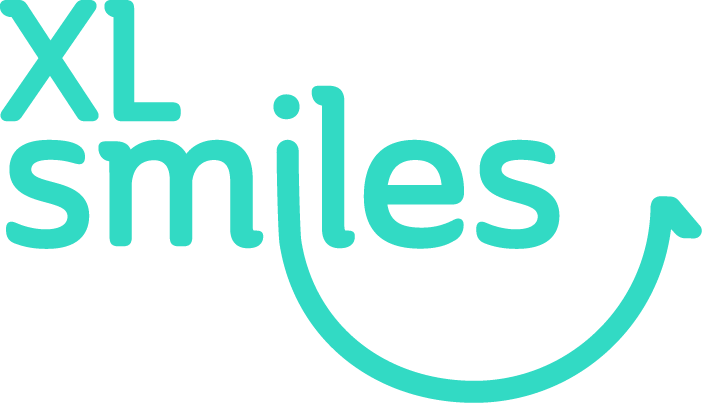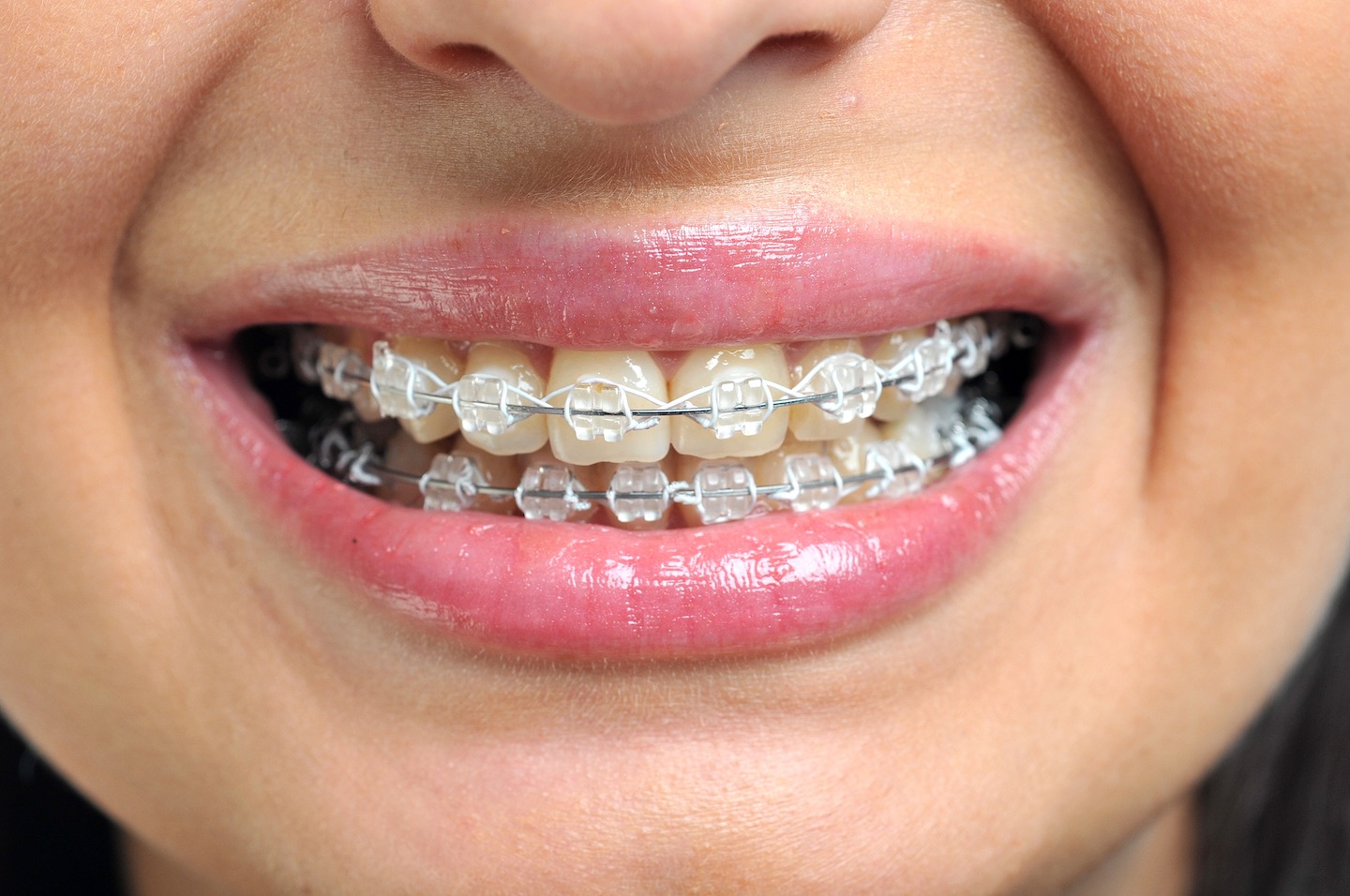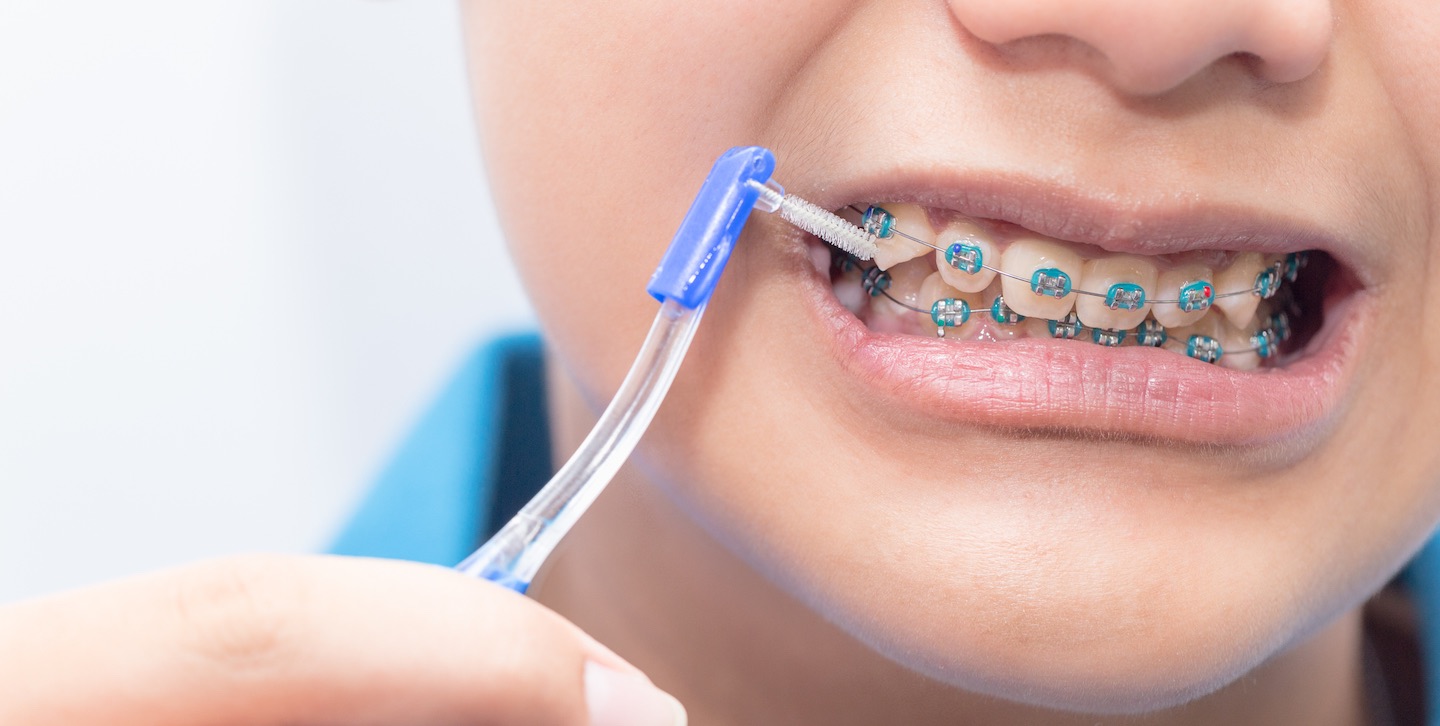Orthodontic treatment is the most effective way to correct uneven or crooked teeth, gaps between teeth, tooth crowding and alignment issues. While often considered a cosmetic solution, braces are also extremely useful at improving tooth alignment and bite correction. This reduces damage caused by wear and tear, facilitates better oral hygiene and helps you bite, chew and smile better. If they’re fitted at a young age, braces can also help prevent jaw discrepancies in children as they grow older.
What Age is Right for Orthodontic Treatment?
There’s no limit to the age at which you can be fitted with braces. Orthodontic treatment can be conducted for any patient with healthy teeth and surrounding gum/bone tissue. In certain cases, it can even be carried out for those who have some bone loss. For patients worried about how braces will look, we offer invisible braces with ceramic brackets.
For children, the right time to get braces is only after most of their baby teeth are out. Get an orthodontic dental examination before they turn 8 or 9 years of age.
If positioning or alignment issues are left uncorrected at a young age, these can affect normal facial growth and jaw positioning as your child grows older. This could lead to bite problems, impacted or unerupted teeth, trauma and a variety of other complaints in the future.
Is There Any Surgery Involved?
In most cases, no. The only time surgical correction is needed is if there is a major jaw discrepancy. We may sometimes need to remove one or more teeth before fitting braces, to make room for permanent teeth in children or correct crowding/bite problems in older patients.
At XL Smiles Dental Clinic, we care about your teeth and want you to enjoy the best dental health possible. Schedule an orthodontic checkup with us and correct your smile today!
Reasons to undergo a Orthodontic Treatment
- Crooked or uneven teeth
- Crowding/overlapping teeth or excessive gaps between teeth
- Incorrect positioning of one or more teeth that causes impaction in others
- Overbite (lower jaw is too far forward while biting) or underbite (upper jaw is too far forward)


